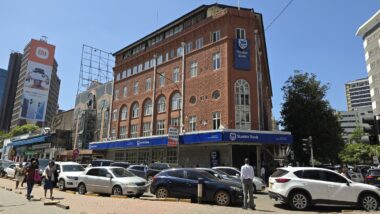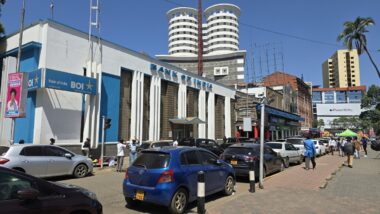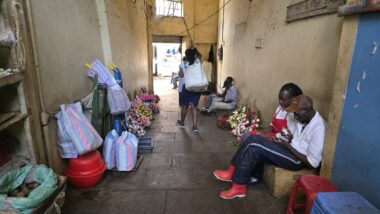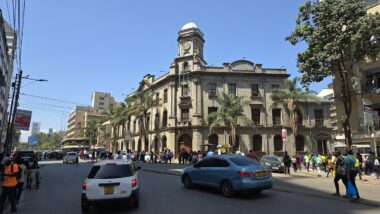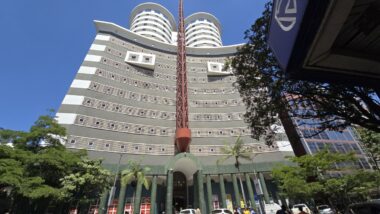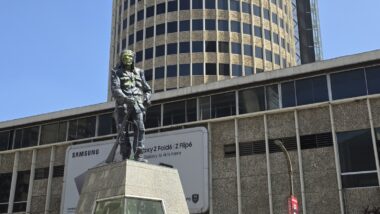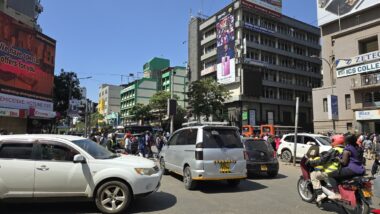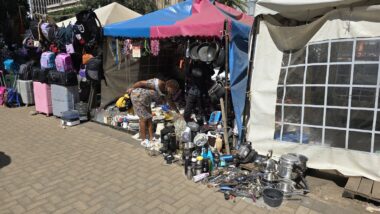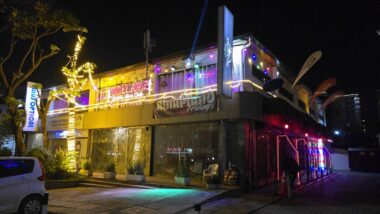Like any other large and growing city, Nairobi has a rough underside that travelers are well advised to avoid. But Nairobi is also the vibrant, multicultural epicenter worth a few days to experience. We spent around a week exploring all its interesting parts during the day and lively nightlife in the evenings.
Nairobi is the capital of Kenya. It is situated in the south-central part of the country, in the highlands, at an elevation of about 1,680 meters. The city originated in the late 1890s as a colonial railway settlement, taking its name from a water hole known to the Maasai people as Enkare Nairobi (“Cold Water”). When the railhead arrived there in 1899, the British colonial capital of Ukamba province was transferred from Machakos (now Masaku) to the site, and in 1905, Nairobi became the capital of the British East Africa Protectorate. From about 1900 onward, when a small Indian bazaar was established in Nairobi, the city was also a trading center.
As a governmental center, Nairobi subsequently attracted a stream of migrants from rural Kenya, making it one of the largest cities in tropical Africa. It was declared a municipality in 1919 and granted city status in 1954. When Kenya gained independence in 1963, Nairobi remained the capital.
The city’s architectural landmarks include the Kenyatta International Conference Centre, the Parliament Building and city hall, the law courts, the Roman Catholic cathedral, and the Jamia Mosque. But we also explored Nairobi Gallery (



So the best thing is to go to Social on Thursday because people can afford to pay 500 KES for entrance. On weekends, go to other places because Social is not worth a visit during “events” with overpriced entrance tickets. The crowd is totally different, and the club is half-empty anyway.







